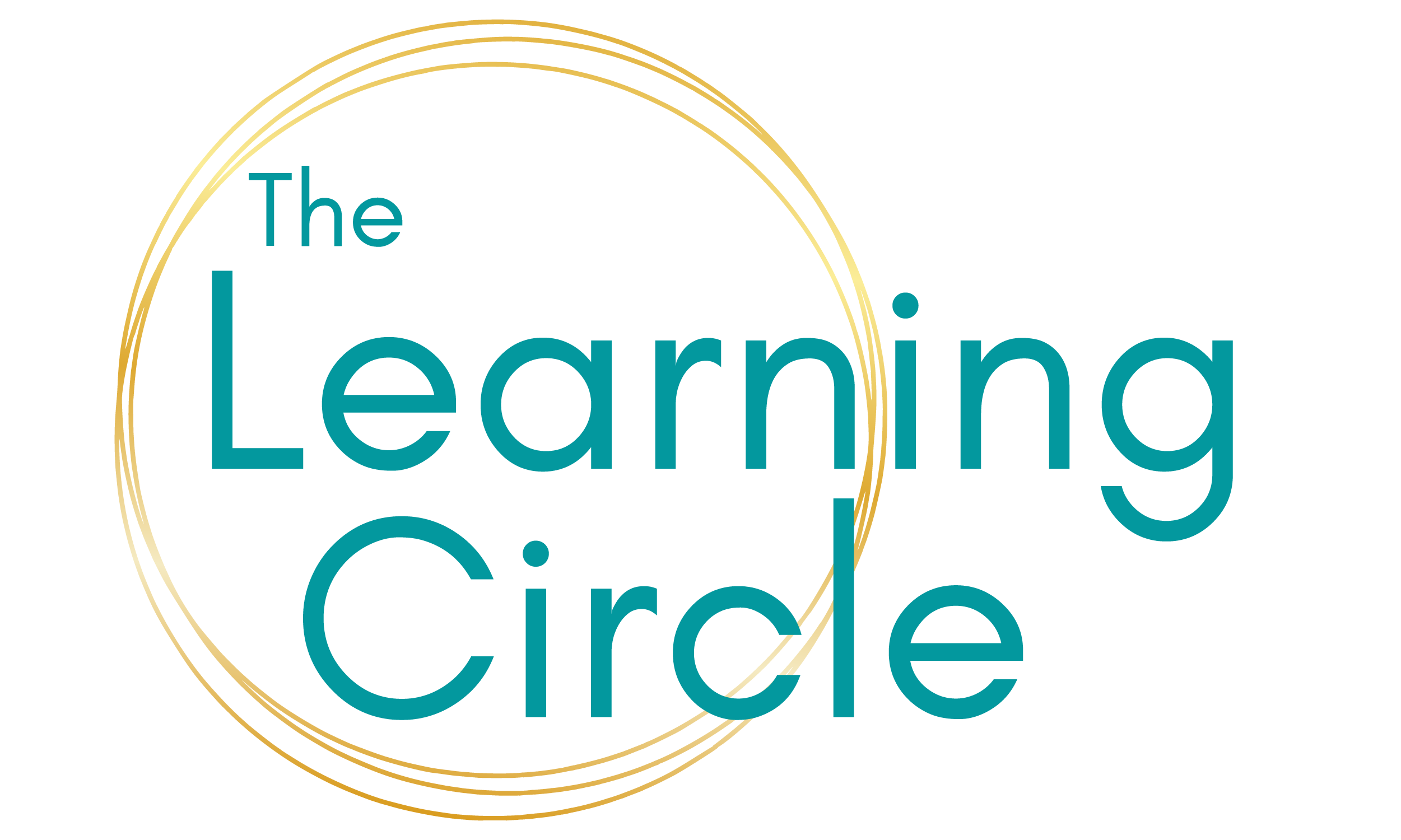How is pronunciation different to other aspects of language teaching and learning?
Most parts of language learning are conceptual.
When someone learns grammar, vocabulary or strategies to read, listen or write texts in another language, they are drawing on their knowledge of mental concepts.
But pronunciation is physical.
When we focus on how to make a sound, there are two main considerations:
Place of articulation: this describes where the sound is made in your mouth. It describes the position of your tongue, your jaw and your lips.
Manner of articulation: this describes how the sound is made. It describes how the airflow is affected as it travels from your lungs and out of the mouth and nose.
When someone learns grammar, vocabulary or strategies to read, listen or write texts in another language, they are drawing on their knowledge of mental concepts.
But pronunciation is physical.
When we focus on how to make a sound, there are two main considerations:
Place of articulation: this describes where the sound is made in your mouth. It describes the position of your tongue, your jaw and your lips.
Manner of articulation: this describes how the sound is made. It describes how the airflow is affected as it travels from your lungs and out of the mouth and nose.
Why is this important for teachers?
Write your awesome label here.



